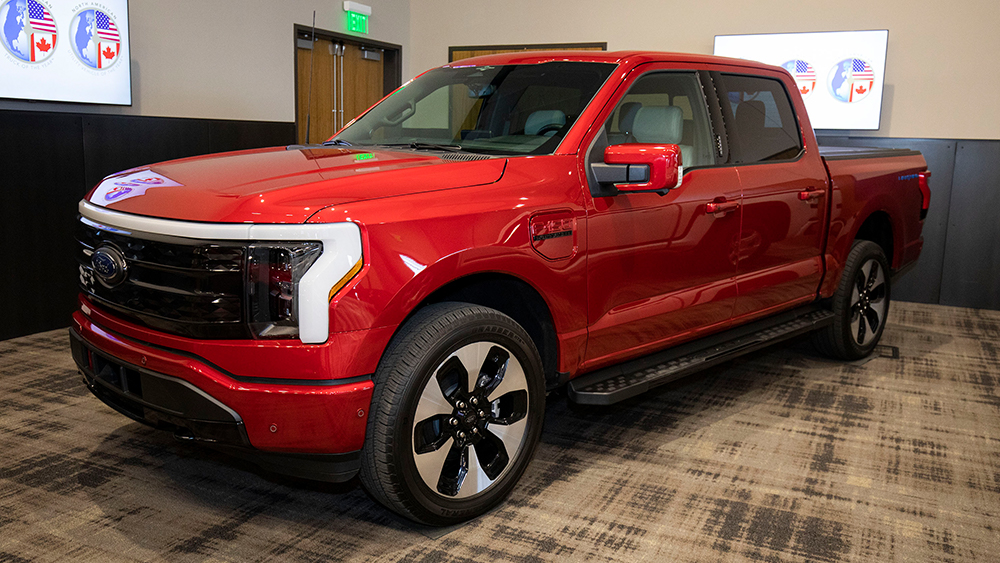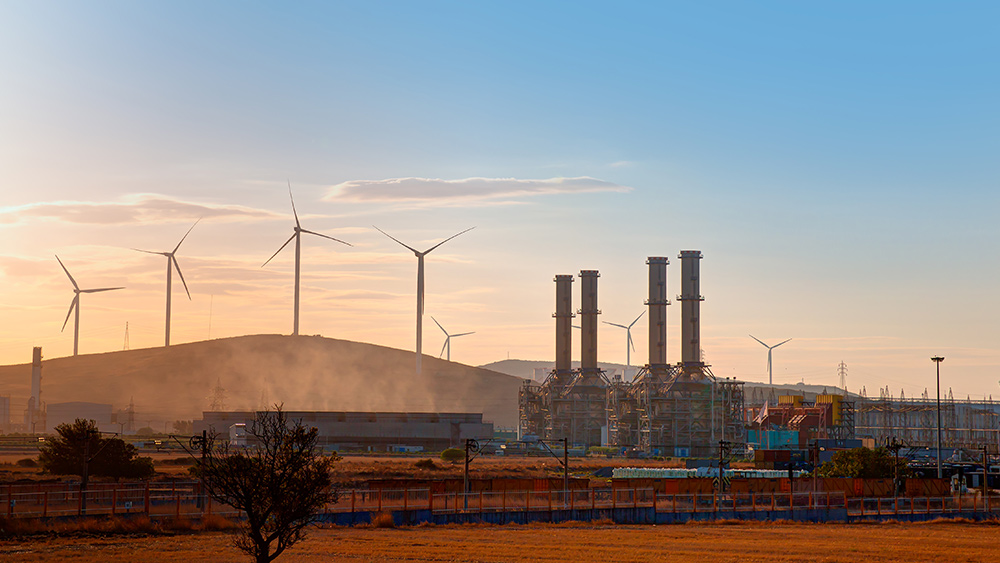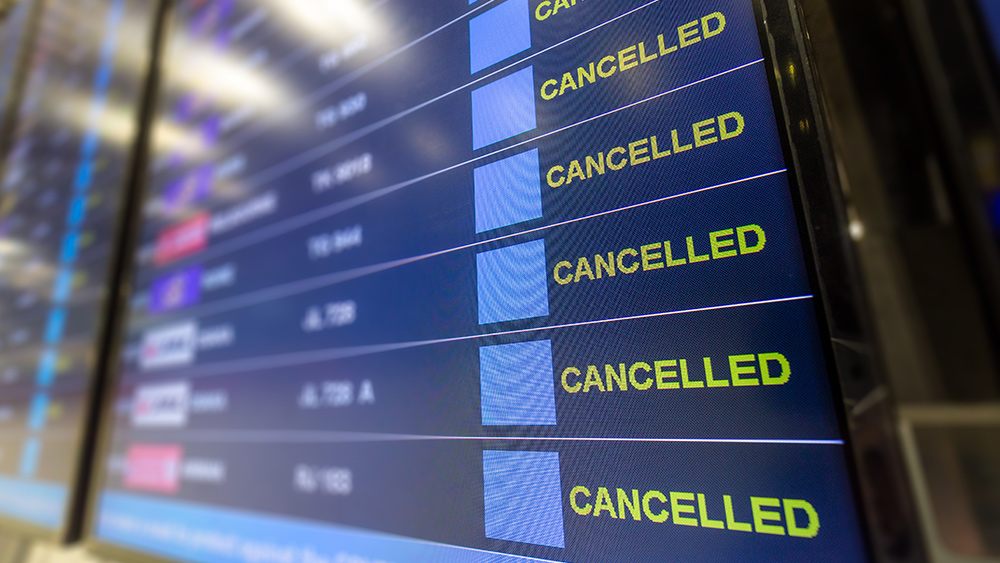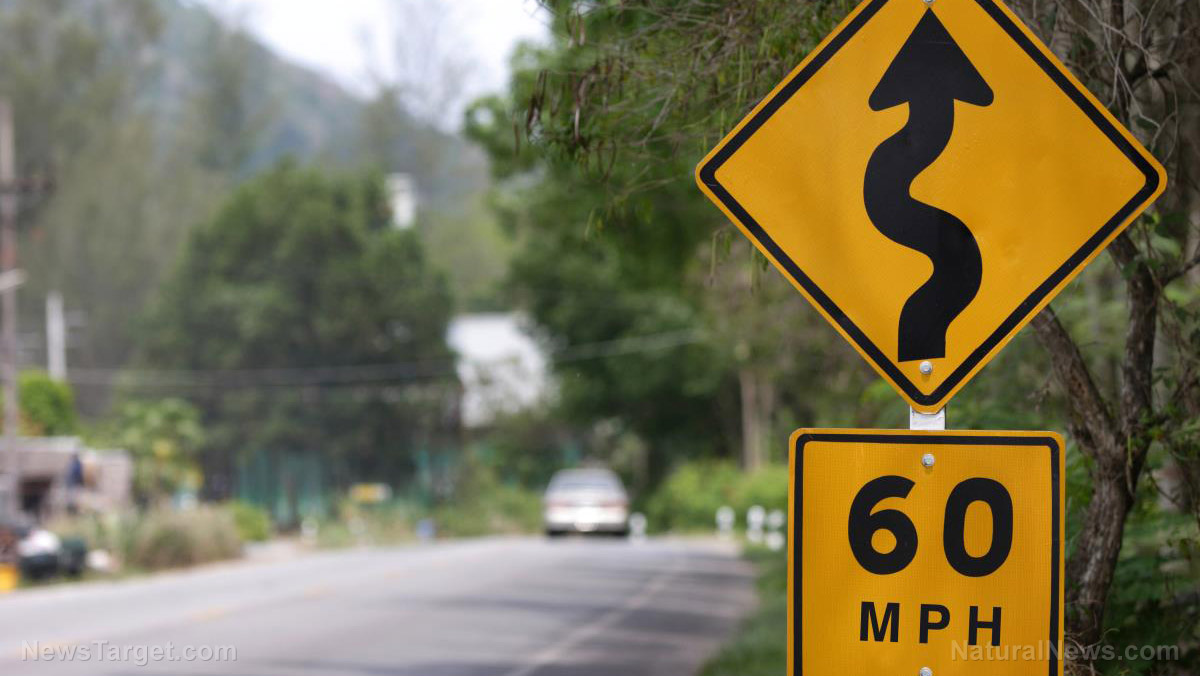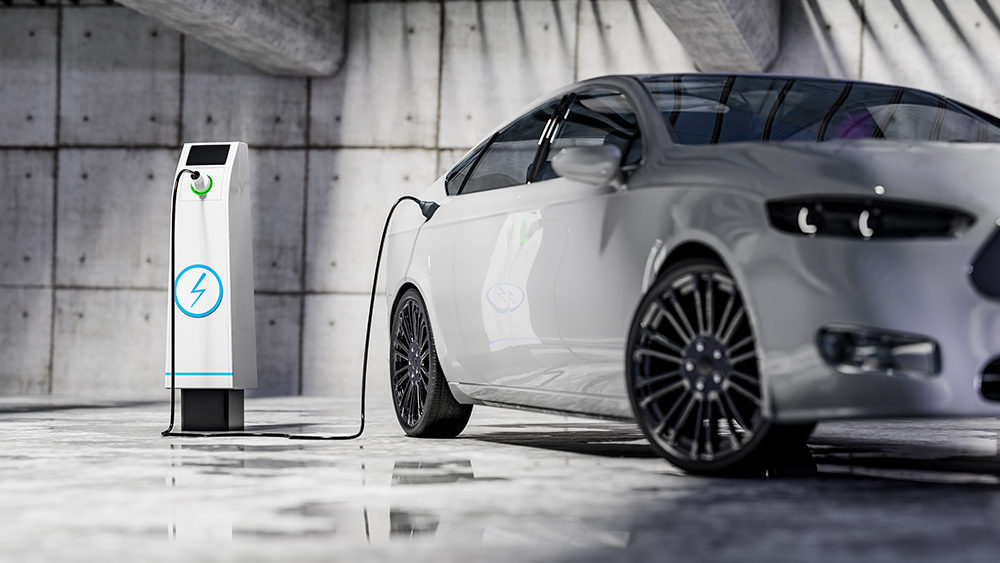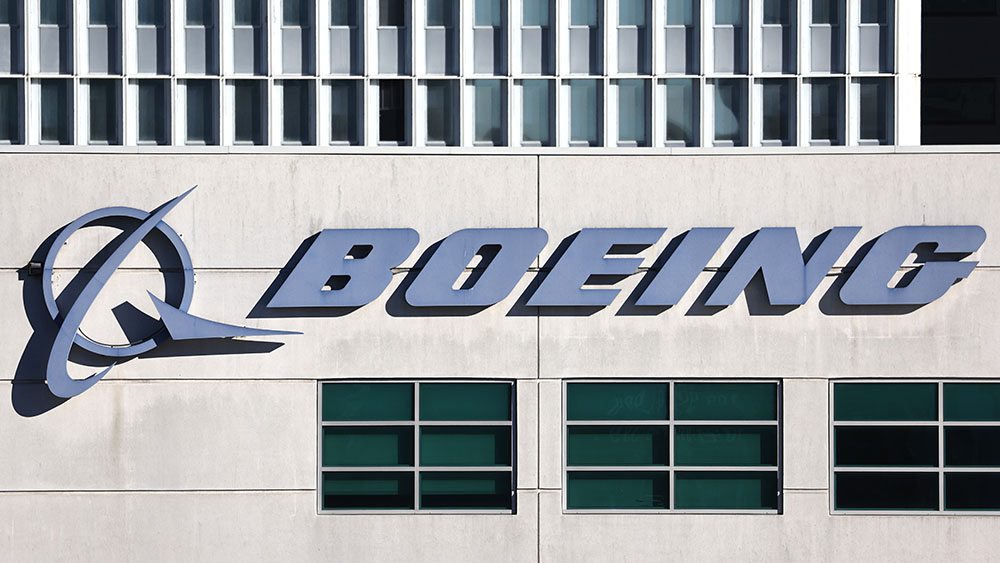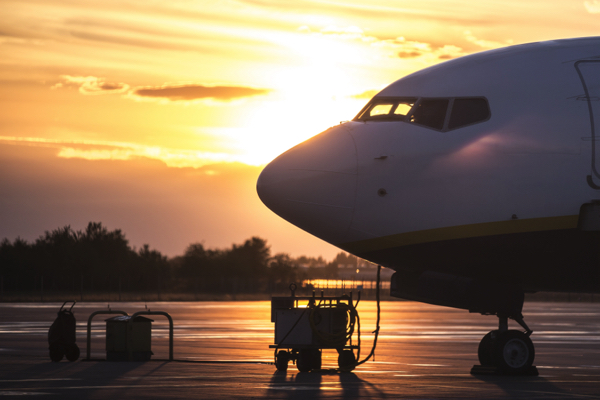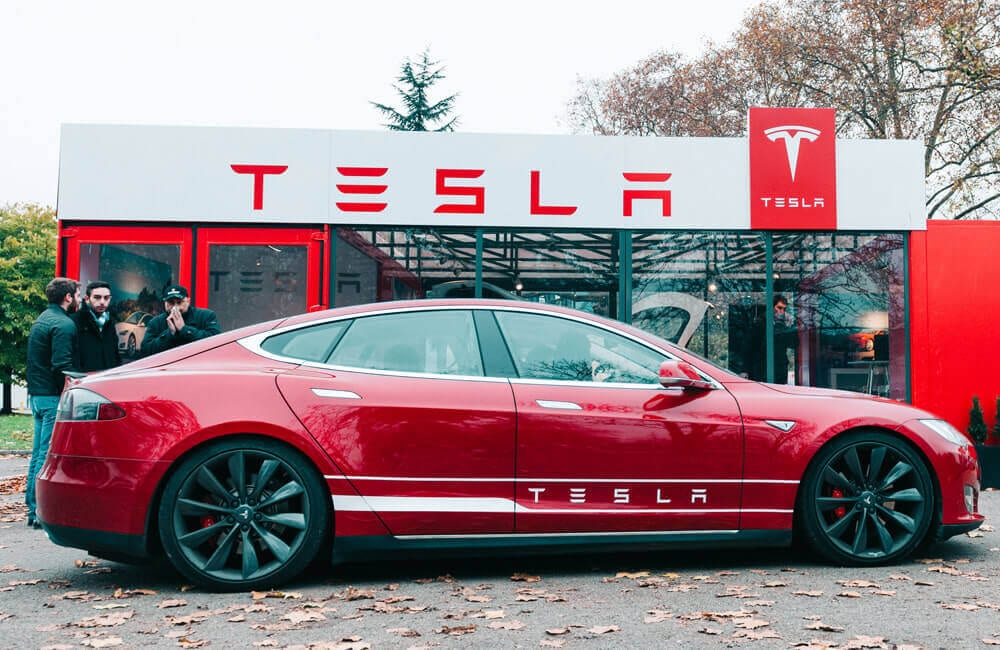Global battery demand expected to QUADRUPLE by 2030
07/25/2024 / By Ava Grace
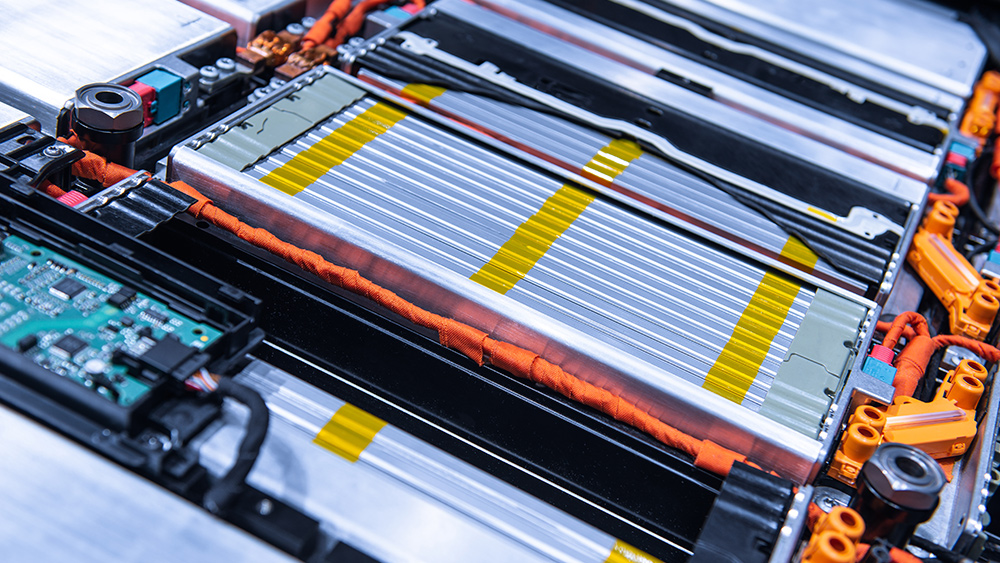
The global demand for batteries is projected to quadruple from current levels by the year 2030, according to an analysis.
The analysis done by Bain & Company found that the worldwide demand for batteries is expected to grow by four times to 4,100 gigawatt-hours (GWh) between 2023 and 2030. It added that original equipment manufacturers (OEMs) must refine their battery strategies in response to this anticipated growth.
The analysis also noted that lithium-ion (Li-ion) batteries have long been the gold standard, and will remain so in the global electric vehicle (EV) market. However, sodium-ion (Na-ion) batteries now present several compelling advantages. (Related: Researchers create world’s first anode-free sodium solid-state battery that can replace lithium batteries in EVs.)
Nickel-manganese-cobalt (NMC) and lithium-iron-phosphate (LFP) batteries make up more than 90 percent of Li-ion battery sales for EVs. In China, LFP batteries will become more prevalent due to strong demand for mass-market EVs and well-established supply chains. Other LFP variants with better energy density, like M3P and lithium manganese iron phosphate (LMFP), are also emerging.
According to the analysis, LFP will gain market share in the U.S. and the European Union, albeit much smaller compared to China. It continued: “Domestic LFP production in these regions is minimal, and the supply chains for iron and phosphorous are less mature. The cost advantage of LFP will be impacted by the costs of importing it from China.”
Moreover, some companies are exploring NMC variants with reduced cobalt, which could erode LFP’s cost advantage further. Geopolitical issues and import tariffs could complicate matters for Western OEMs aiming for resilient supply chains.
Na-ion batteries showing promise over Li-ion counterparts
While Li-ion batteries continue to be the dominant force in the global EV battery market, emerging technologies such as solid-state and high-density Na-ion batteries are in prototype and pilot manufacturing states. However, these new batteries are expected to stay in the single-digit range until at least 2030.
The analysis also touted the benefits of Na-ion batteries over the extant Li-ion ones. Sodium is the sixth most abundant element on Earth, unlike lithium whose reserves are restricted to specific regions such as South America and Australia.
Sodium is derived from seawater and salt deposits, and its extraction is much simpler than that of lithium. Meanwhile, even the most eco-friendly processing of lithium has raised environmental concerns.
Li-ion batteries are prone to spontaneously combusting, especially when they encounter moisture. Na-ion batteries appear to be safer because while sodium remains reactive, it is better contained. Certain Na-ion battery configurations harness saline solutions as their electrolytes, which are safer than the harmful organic solvents used in Li-ion counterparts.
Innovations in cell-to-chassis technology, dry electrode manufacturing and AI-powered management systems are expected to make lithium-ion batteries cheaper and more efficient.
The recycling of EV batteries is also set to increase significantly, thanks to the expansion of feedstock volumes and the new global regulations around collection, recycling and the use of recycled content.
Check out NewEnergyReport.com for similar stories.
Watch this discussion on EVs, Li-ion battery technology and solar power working together.
This video is from the Off-Grid Solar channel on Brighteon.com.
More related stories:
Power outage preparedness: Staying safe and comfortable during a blackout.
Top 10 survival hacks for generating electricity.
Sources include:
Submit a correction >>
Tagged Under:
batteries, electric cars, electric vehicles, Energy Storage, energy supply, EV batteries, fuel supply, future tech, green living, Green New Deal, inventions, lithium ion batteries, metals, new energy report, power, renewable energy, sodium-ion batteries, supply chain, transportation
This article may contain statements that reflect the opinion of the author
RECENT NEWS & ARTICLES
FlyingCars.News is a fact-based public education website published by Flying Cars News Features, LLC.
All content copyright © 2018 by Flying Cars News Features, LLC.
Contact Us with Tips or Corrections
All trademarks, registered trademarks and servicemarks mentioned on this site are the property of their respective owners.


